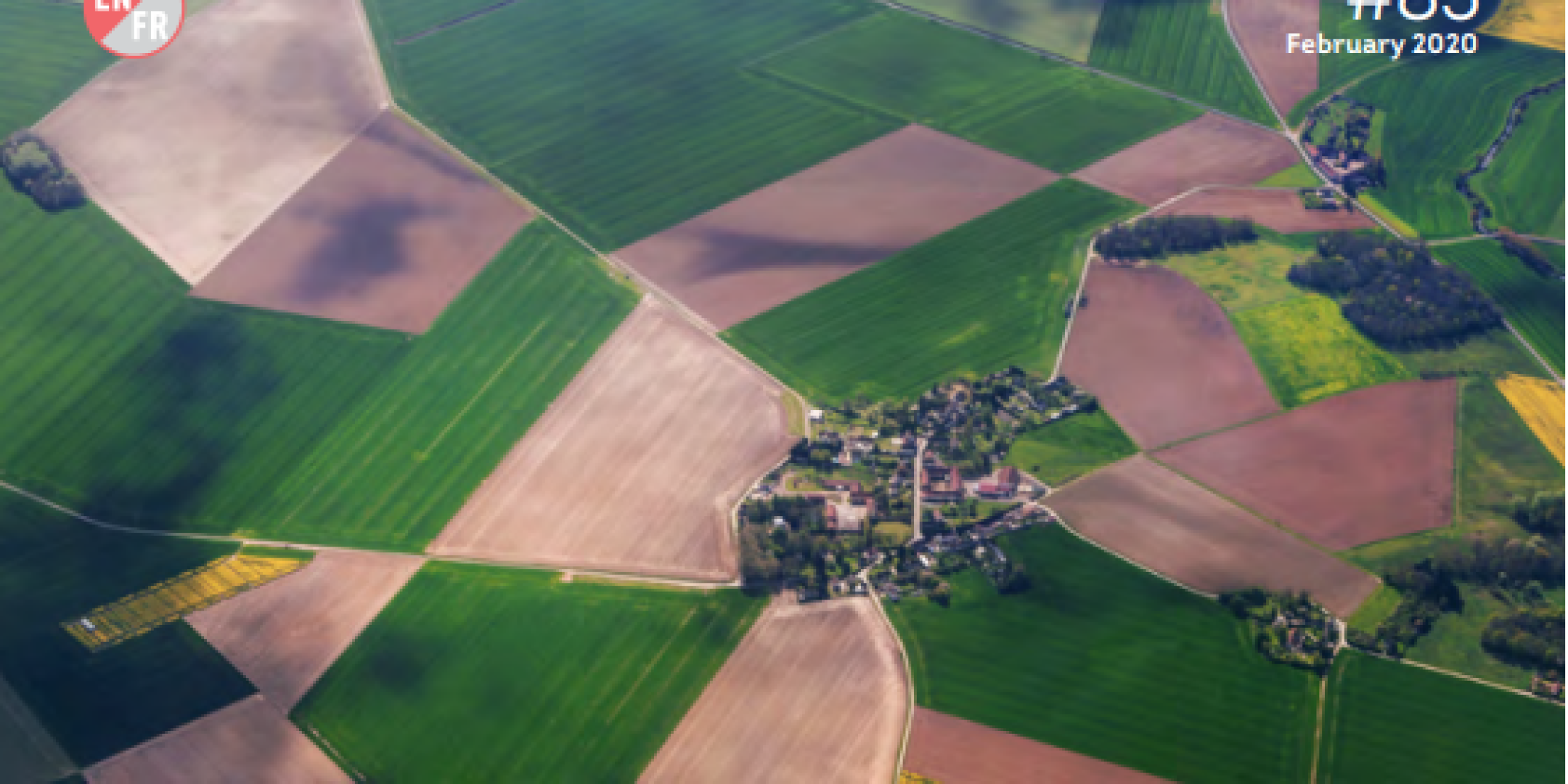The 83rd edition of https://fscience-old.originis.fr/wp-content/uploads/2023/06/GLOC_Oslo_Norway_S2_27juillet2022_web-2-1.jpgMAG is dedicated to the progresses, catalyzed by the Earth observation data, made by the agricultural world.
Editorial of Jean-Yves Le Gall, President of https://fscience-old.originis.fr/wp-content/uploads/2023/06/GLOC_Oslo_Norway_S2_27juillet2022_web-2-1.jpg :
The world’s growing population, climate change and the environment are three of the challenges that face farming today. The urgency of the situation calls for a new model for which space technologies, data and services offer effective and sustainable solutions. Space systems and the global Earth-observation and geolocation services they underpin are playing a significant role in defining this new agricultural model. Earth-observation data acquired from orbit across the wavelength spectrum enable the status of crop fields, pastures and water resources to be monitored in real time all over the globe and harvests and yields to be estimated. Space is also easing agriculture’s environmental footprint by aiding a more-integrated approach to managing inputs, fertilisers, phytosanitary products and water, while reducing energy consumption. All of this is being made possible by the development of agricultural robotics leveraging the European Galileo geolocation system, capable of guaranteeing positional accuracy of a few centimetres. The partnership engaged by https://fscience-old.originis.fr/wp-content/uploads/2023/06/GLOC_Oslo_Norway_S2_27juillet2022_web-2-1.jpg and INRAE, the national research institute for agriculture, food and the environment, which will be on view at the forthcoming Agricultural Show, is part of this dynamic. As a tool supporting a broad range of policy initiatives on climate, the environment, security, transport, agriculture and the digital divide to name a few, space and the technological advances it is driving are a great asset that will help agriculture to rise to the demographic, health, environmental and climate challenges of the 21st century.
To read further, click here.








